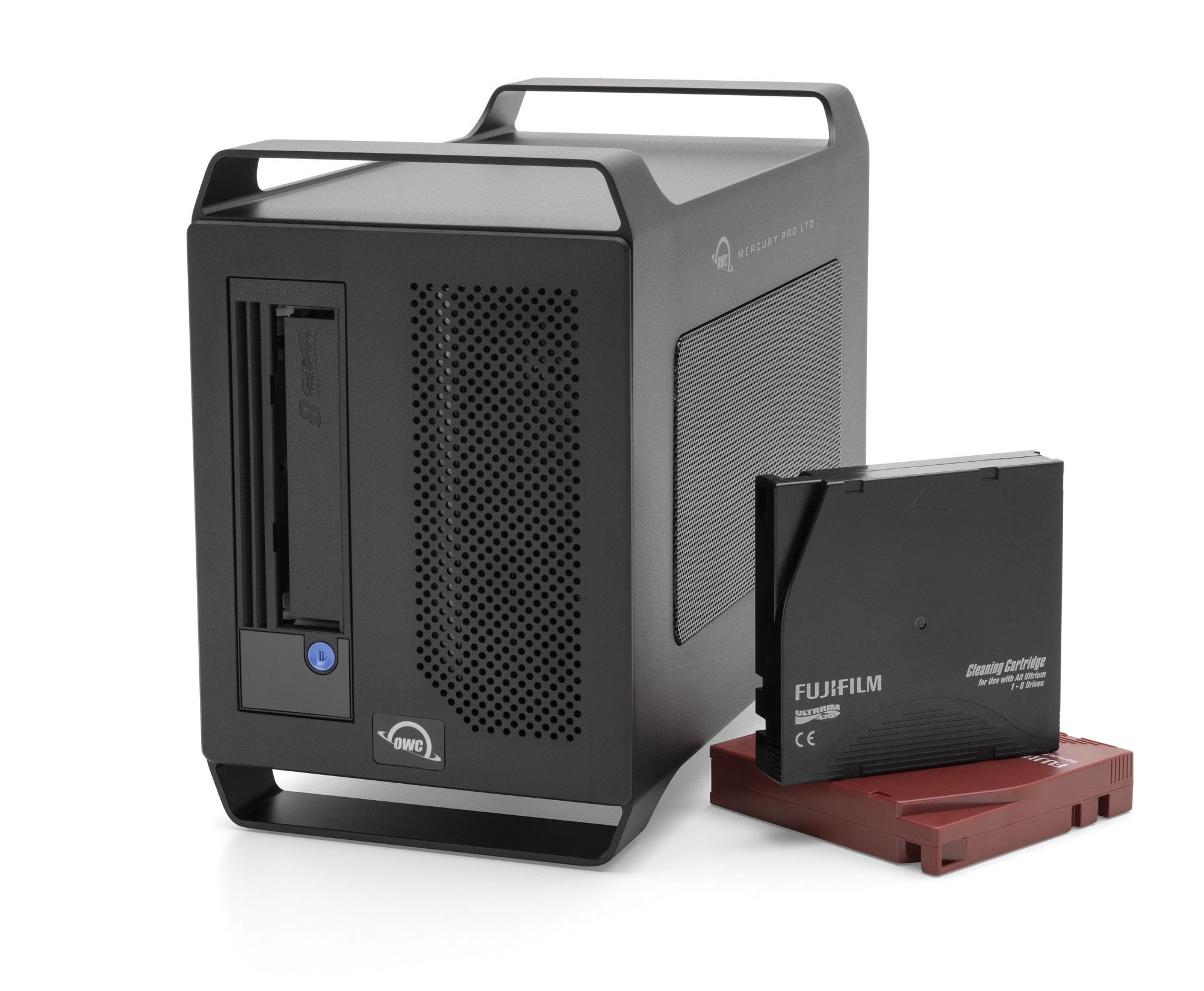What to Know When Buying Ethernet Cables

Many people are familiar with Wi-Fi internet network connections because that is what is used in most homes. Ethernet is another option to consider if you want faster speeds, less chance for interference, and better security. To establish Ethernet connections, though, you’ll need cables. This article will aid you by educating you on what to know when buying Ethernet cables.
“Cat” Distinctions
Ethernet cables are classified by names that start with “cat-“ followed by a number or combination of a number and letter. “Cat” stands for category, and each category denotes a different information travel speed. The most common forms are Cat-5, Cat-5e, Cat-6, Cat-6a, and Cat-7. They have sequentially greater data transfer speeds and bandwidths. Speed is measured in megabits/gigabits per second (Mbps and Gbps) while bandwidths are measured in megahertz (MHz). Here are the differences between the cables:
- Cat-5 – support up to 100 Mbps of speed and 100 MHz of bandwidth
- Cat-5e – up to 1000 Mbps or 1 Gbps speed and 100 MHz bandwidth
- Cat-6 – up to 1 Gbps speed and 250 MHz bandwidth
- Cat-6a – up to 10 Gbps speed and 500 MHz bandwidth
- Cat-7 – up to 10 Gbps speed and 600 MHz bandwidth
Lengths
Ethernet cables come in many different lengths. You should always try to err on the side of having too much length so that you are certain that your cables will work in your setup even if you make changes to it in the future. With this greater flexibility, you won’t find yourself needing to buy more cables because your old ones come up short. As a rule of thumb, don’t buy Ethernet cables that are shorter than ten feet in length.
Outer Coverings
The materials of the Ethernet cables’ outer coverings, or jackets, are essential to know when buying Ethernet cables. This is because they are responsible for protecting the inner wires from harm that they might sustain from external forces. PVC is the most basic material that provides physical defense. FRNC is the next step up and has fire-resistant properties. Above this, you may see TPE and PUR which are resistant to oil and other liquids, can stand heavier abrasion, and can flex better without tearing.





